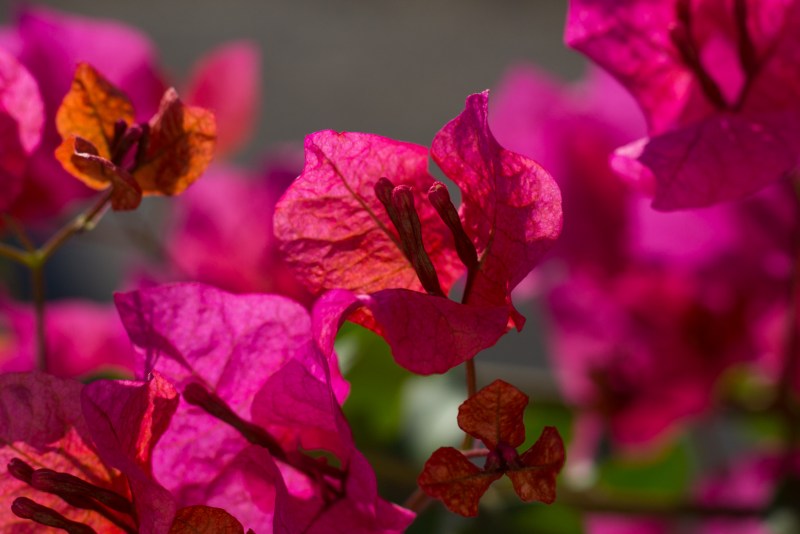Today I managed to get home before the sun set completely and I was not hungry overmuch, so I managed to grab my camera and go for a walk for a change and I experimented a bit with this and that.
Today I wish to share a few shots of a roadside cluster of rowan trees. I love rowan trees, every part of them. In the fall, they are the first ones starting to change color around here. The fall has truly arrived.
©Charly, all rights reserved. Click for full size.






















